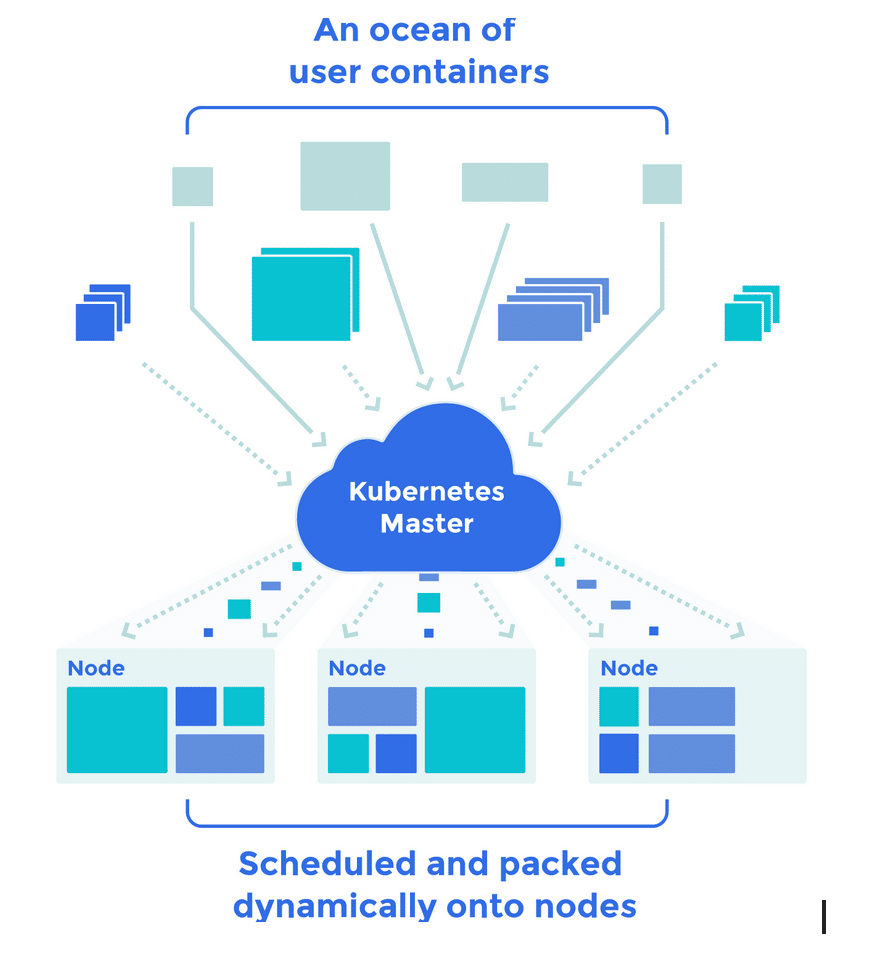

- Microservice deplyment using docker and kubernetes how to#
- Microservice deplyment using docker and kubernetes code#
The WORKDIR instruction sets the working directory for next ADD instruction.The RUN instruction creates a new directory called app.The FROM instruction defines the base image as openjdk:11-jre-slim.build/libs/product-catalog-svc-0.0.1.jar /app/app.jar Docker can build images automatically by reading the instructions from a Dockerfile.įor instance, Dockerfile for product-catalog microservice is:ĪDD. For that, we will use Dockerfile.Ī Dockerfile is a text file that contains the instructions to set up an environment for a Docker container. Creating a container for microserviceĪssuming you have Docker installed, the next step is to build a container image. You can check instructions about installing the Docker at the official documentation. In this post, I will use Docker as a container runtime. Some of the container runtimes supported on Kubernetes are Docker, containerd, CRI-O. As a result, a containerized application runs quickly and reliably from one computing environment to another.
Microservice deplyment using docker and kubernetes code#
Some of the important features of Kubernetes are:Ī container is an executable that packages up code and all its dependencies in a standard unit. Kubernetes is an open-source container orchestration platform. The Kubernetes allows us to deploy the containerized microservice application in public, private, or hybrid cloud infrastructure.
Microservice deplyment using docker and kubernetes how to#
Therefore, after the Kubernetes Docker tutorial - video class, you will understand how to use Docker and Kubernetes, you will get acquaintance with Kubernetes deployment and gain valuable knowledge that you will put into action and improve your work.In the previous post RESTful Microservices with Spring Boot and Kubernetes, I explained how to design and develop a microservice application using Spring Boot.Īlthough this post talks about the Spring Boot application, the concepts discussed apply to any microservice application.Īre you curious to know how to deploy microservices on Kubernetes, the most popular choice for running microservice applications? Therefore, lots of improvements can be added to your work, so, hopefully, you won’t miss this Kubernetes Docker tutorial. Let me list you a few specific examples of how advantageous Kubernetes is: it manages app health, replication, load balancing and performs many more functions. Also, Kubernetes introduces new abstractions and concepts. A learning curve for Kubernetes is high, so it is normal to ask what the payoffs for the long-term usage are. Since Kubernetes is open-source, it has only a few restrictions, and if you want to run containers, you can use it without limitation and mostly at any place you want.

Now, even though it runs mostly on Docker, it can work with any other container system which conforms to the Open Container Initiative (OCI) standards for container image formats and runtimes. Kubernetes is a highly available distributed system which is quite easy to use in line with other similar container orchestration systems. Let me tell you why you need this Kubernetes Docker tutorial. But if you enroll in this Kubernetes tutorial, you will see everything yourself. And, there are many more features that I could name. Furthermore, it eliminates the need for orchestration - carrying out the task in a defined workflow. For that reason, if an application runs in a container, it won’t have any problems running on the Kubernetes. Furthermore, Kubernetes aim is to support an enormous variety of workloads. First of all, it can support any type of application. You will know how to make applications running on Kubernetes with load balancing.Īnd here are the biggest advantages to learn Kubernetes. After the Kubernetes Docker tutorial, you will understand how to use Docker, Kubernetes deployment and administration. You will be able to understand, deploy, run and administer Kubernetes containers. Moreover, you will find out how to set up a Kubernetes cluster on your Desktop or Cloud with AWS. In this Kubernetes tutorial, I will teach you how to build apps in a container with Docker and how to use the Kubernetes cluster. So, jump straight into the Kubernetes tutorial, and I will show you the most useful Kubernetes functions! What do you get?


In this course, you will learn the top Kubernetes functions to complement your set of skills. It’s the knowledge that companies are looking for. If you have Kubernetes in your technical list, it’s fantastic. This Kubernetes Docker tutorial for beginners is everything you need. Want to understand Kubernetes + Docker? Curious about what, why and how it works? Well, then you are lucky.


 0 kommentar(er)
0 kommentar(er)
